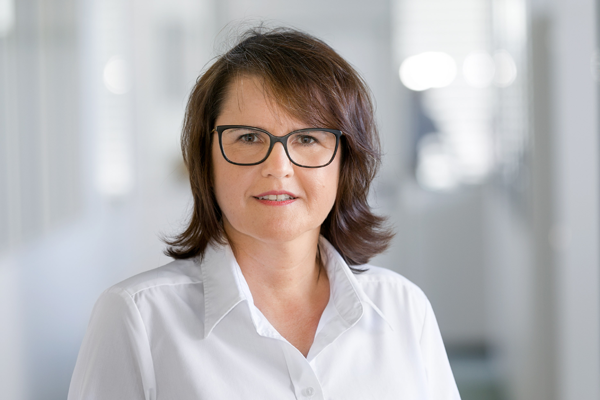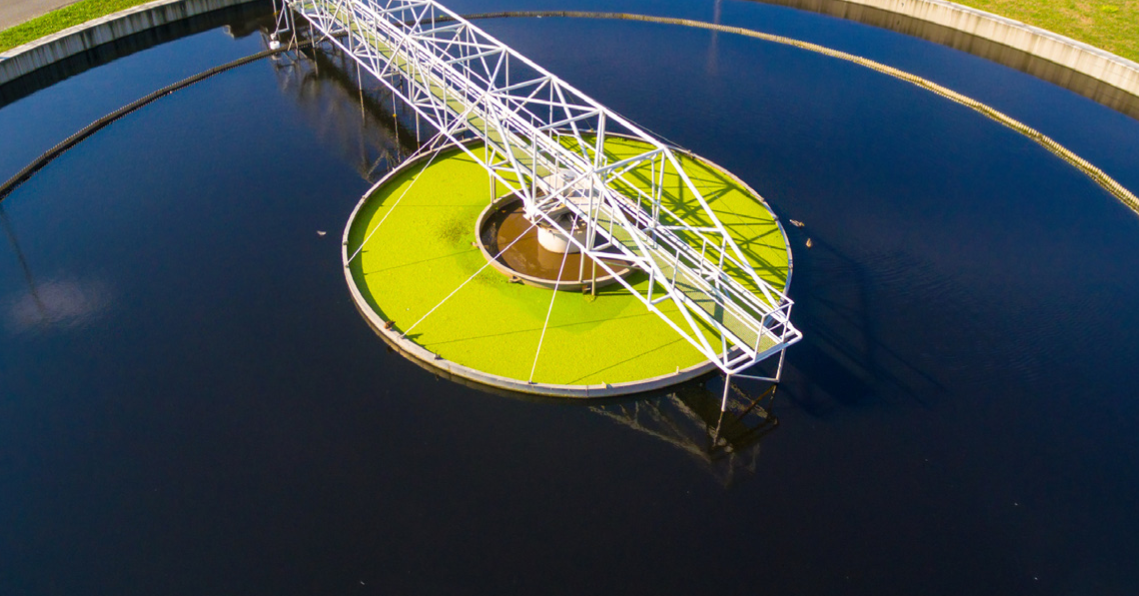Wastewater Load in Textile Finishing
Effluent water from textile finishing mills has a high chemical load. The degree of the wastewater load is indicated for example by COD (chemical oxygen demand) and BOD (biochemical oxygen demand) values. The polluting chemicals in the wastewater can be also traced back to products which were applied in upstream processes. This includes spinning oils, preparations and lubricants, knitting oils and sizing agents. To some extent substances with high COD or BOD load are brought in by fiber accompanying substances. During pretreatment, these chemical materials are removed from the fiber material and get released to the effluent water.
Textile-Chemical Solutions for Reducing COD and BOD Load
Rohbaumwolle bringt eine hohe CSB- und BSB-Fracht mit, die bei Vorbehandlungsprozessen, beim Waschen, Bleichen, Laugieren oder beim Bio-Scouring von der Ware gelöst wird und ins Abwasser gelangt. Die typische CSB-Fracht liegt bei 40 – 80 g/kg Rohbaumwolle. Die Begleitsubstanzen der Baumwolle bestehen überwiegend aus Schmutz, Fetten, Wachsen und Pektinen. Entfernt man diese chemischen Stoffe nur zu einem – für einen optimalen Waren- und Farbausfall erforderlichen Maße – von der Rohware, kann die Abwasserbelastung deutlich gesenkt werden. Hierzu bieten wir verschiedene textilchemische Lösungen an:
- For dark shades on yarn or knitted fabric made of cotton we suggest a grey dyeing with PERLAVIN NDA.
- For medium and darker shades on cotton yarn or knitwear we propose an enzymatic pectinase treatment with PERIZYM LOW in combination with a mild peroxide bleach.
Grey Dyeing with PERLAVIN NDA for Dark Shades
A grey dyeing with PERLAVIN NDA helps you to reduce the COD and BOD load of your effluent water. When using PERLAVIN NDA you can skip a separate bleaching step for cotton yarns or knitted fabrics. Due to its excellent washing, dispersing and sequestering effects PERLAVIN NDA is suitable for washing and dyeing of raw cotton in one bath. The COD and BOD load caused by removed waxes, pectins etc. is decreased.
PERLAVIN NDA is applied before the dyeing process takes place. After a short treatment with PERLAVIN NDA the goods can be dyed in the usual manner. The addition of further dyeing auxiliaries such as wetting agents or deaerators might not be required.
PERLAVIN NDA
PERLAVIN NDA is a multifunctional auxiliary for washing and dyeing of grey cotton in one bath. The product has good wetting, washing, dispersing and sequestering properties.
Bio-Scouring with PERIZYM LOW for Medium and Dark Dyeings
Compared to classical pretreatment with high amounts of alkali, bio-scouring with PERIZYM LOW offers plenty of advantages for unsized cotton textiles such as knitwear or yarns. Apart from a smoother fabric handle, a lower weight loss and a lower COD and BOD in the wastewater no chemical and water intensive neutralization of core alkali is necessary. For medium and dark shades on cotton textiles we suggest a one-bath-two-step pretreatment process. This process includes a pectinase treatment as well as a mild peroxide bleach. The mild conditions lead to a softer handle in comparison to alkali-treated goods. Furthermore, bio-scoured cotton shows relatively good hydrophilic properties. A high degree of whiteness, which is required for bright shades or white goods cannot be obtained by this process.
The bio-scouring with a subsequent bleaching step is carried out discontinuously with PERISTAL EPJ conc. and PERIZYM LOW. After the enzymatic pectinase treatment at 60 to 70 °C peroxide and soda ash are added to the liquor and the textiles are bleached at 90 to 98 °C. After draining and rinsing the dyeing process can follow directly.
PERIZYM LOW
PERIZYM LOW is a multifunctional pretreatment auxiliary for the enzymatic bio-scouring of cotton yarns and knitwear. The pectinase pretreatment can be combined with a mild peroxide bleaching in a one-bath-two-step process.
PERISTAL EPJ conc.
PERISTAL EPJ conc. is a silicate-free, multifunctional product for the peroxide bleach. It acts as bleach stabilizer, sequestering, deaerating, wetting and washing agent and is used for the hot peroxide bleaching of yarns or piece goods made of cellulosic fibers and their blends.
Please Contact Us.

We are pleased to offer you consulting services how to reduce the wastewater load in your finishing company. If you have questions concerning in-plant sewage treatment, our specialists for textile chemistry and environmental protection will be pleased to assist you. Please send us an e-mail or contact us via our online contact form.
- Sylvia Palikowski
- Application Technology
- +49 7121 9589-24
- sylvia.palikowski@drpetry.de


